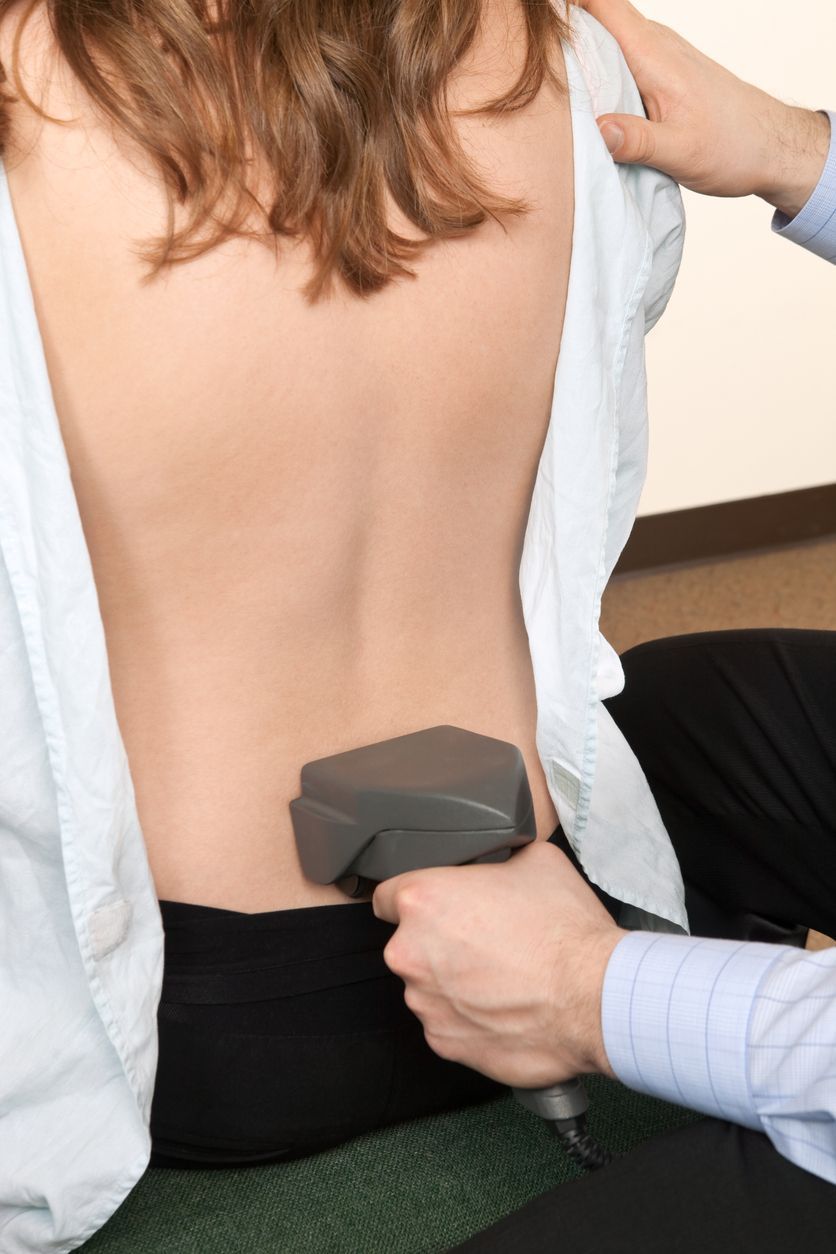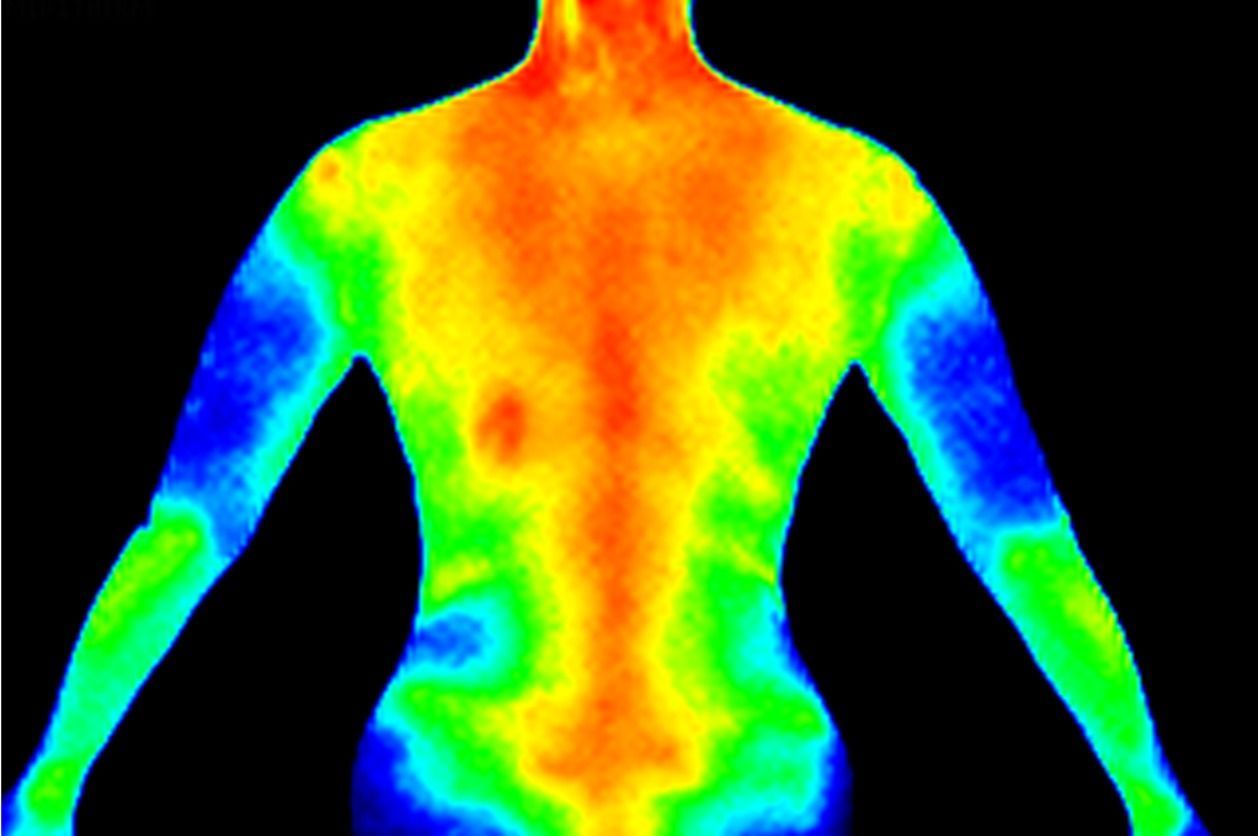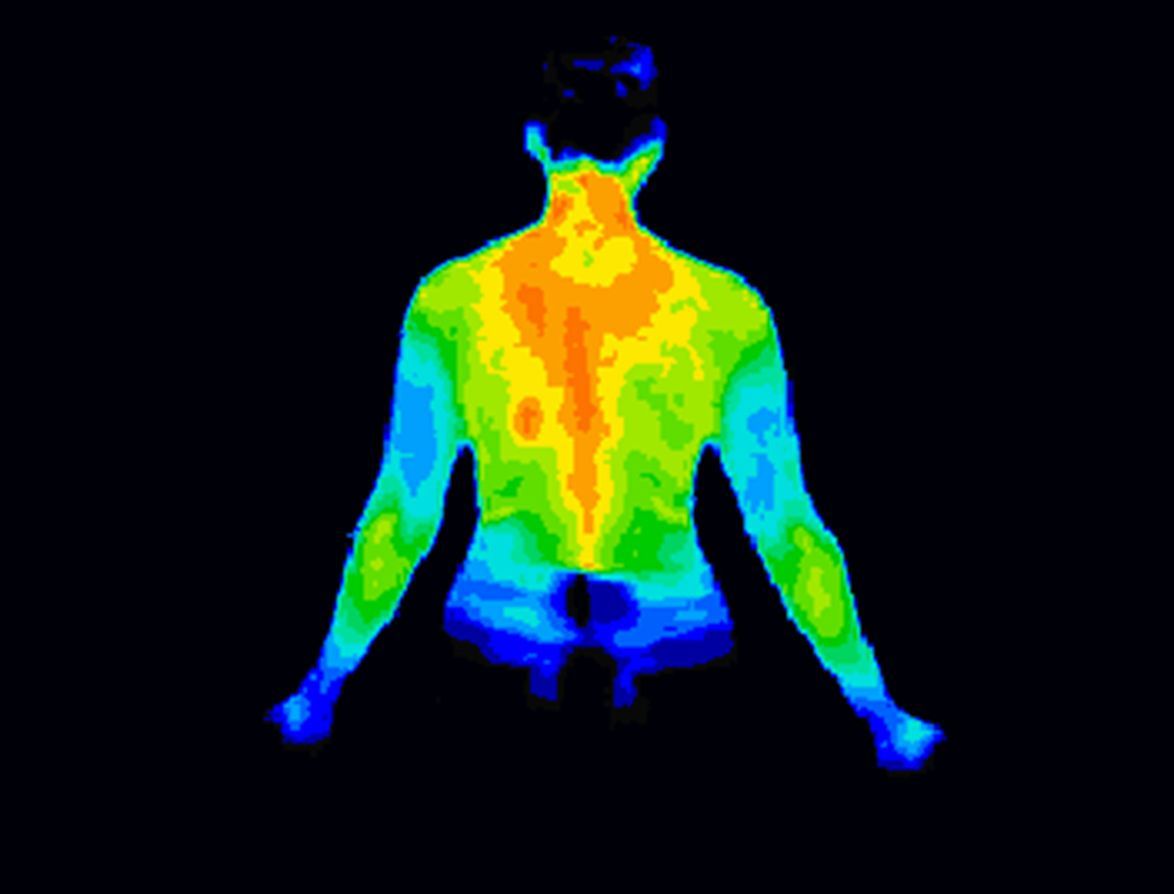Office (860) 415-1150 Fax (860) 955-2681
Blog Layout
What Are The Differences Between Thermography And Mammograms?
April Beaman • July 21, 2020
What Are The Differences Between Thermography And Mammograms?
A breast cancer screening is essential for diagnosing tumors that have the potential of developing into cancer. Early detection can help women fight breast cancer to improve their chances of a better outcome. Mammography is an effective procedure that uses X-ray images to detect calcifications in the breast tissue. It is by far the most well-known screening method for breast cancer, but it's not the only one.
Thermography screens for breast cancer by detecting physiological changes in breast tissue, rather than structural changes. Specifically, thermography detects changes in surface temperature and blood flow that are indicative of abnormal cell activity and tumor growth. Once a tumor reaches a certain size, it must start generating its own blood supply in a process called angiogenesis. This, in turn, generates heat, which is detectable with thermography. Here are some differences between the two methods that can help you decide which is right for you.
Thermography Is Noninvasive
Unlike mammography, thermography is a noninvasive procedure. Since a thermal infrared camera is used during the screening, there is no physical contact required. Thermography may be preferable if you are uncomfortable with the breast compression that occurs during a mammogram.
Exposure To Radiation
Another difference is that a thermographic screening does not expose you to radiation. Having a routine mammogram puts you in contact with low levels of radiation. Studies show that radiation may increase your chances of developing cancer by a small amount. Thermography uses a highly sensitive, medical infrared camera to capture images of the breasts. Thermography has shown to be a safer screening alternative because it does not expose the body to any radiation.
Detecting Tumors In Dense Tissue
Unfortunately, the results of a mammogram tend to be less accurate if you have dense breast tissue. The dense tissue can hide the presence of tumors since both appear white on the X-ray. The results may come out as a false-negative or a false-positive. Thermography does not have this issue relating to dense breasts, which means false-negative and false-positive results are significantly lower.
Detecting Lumps Near The Armpits
It is important to check your armpits for lumps as you perform a breast self-exam, a large percentage of breast cancer occurs in this area. A mammogram is not always accurate in detecting tumors in the armpit area. It is difficult to image this area with mammography because this type of procedure requires the image area to be placed between two plates. Because thermography images the entire chest area, it is not limited to just breast tissue.
Bear in mind that neither of these techniques can diagnose cancer. Mammography and thermography can identify signs of breast cancer, but only a biopsy can offer a definitive diagnosis.
Thermography is a great way to detect early changes in the breasts. If you would like to learn more about how you can benefit from thermography, feel free to contact us today.
Farmington Office Hours
- Mon - Fri
- -
- Sat - Sun
- Closed
Satellite Offices
Glastonbury, CT
Columbia, CT
Hamden, CT
Ellington, CT
Sharon, CT
Westport, CT
Hadley, MA
© 2025
All Rights Reserved | CT Thermography









